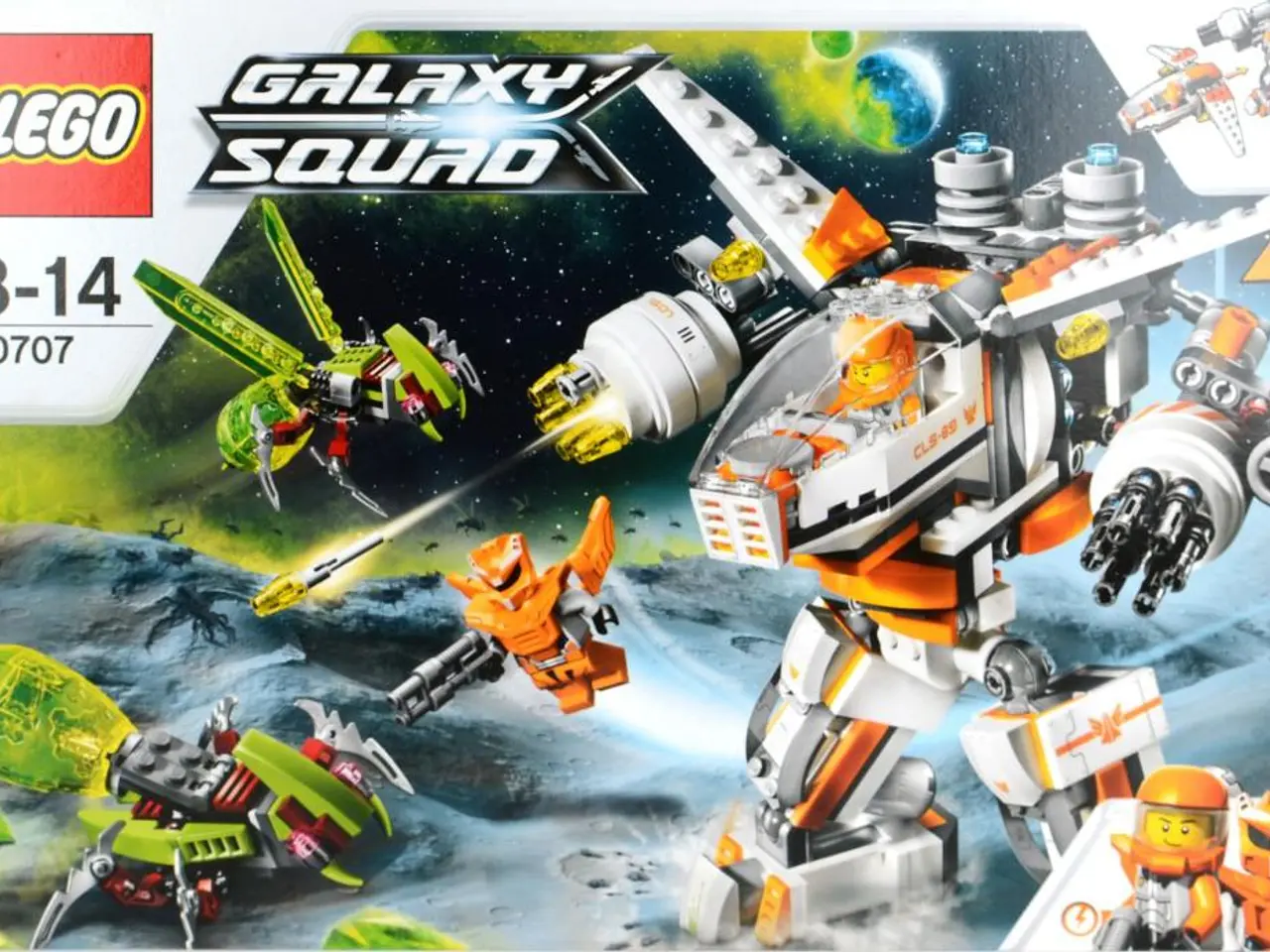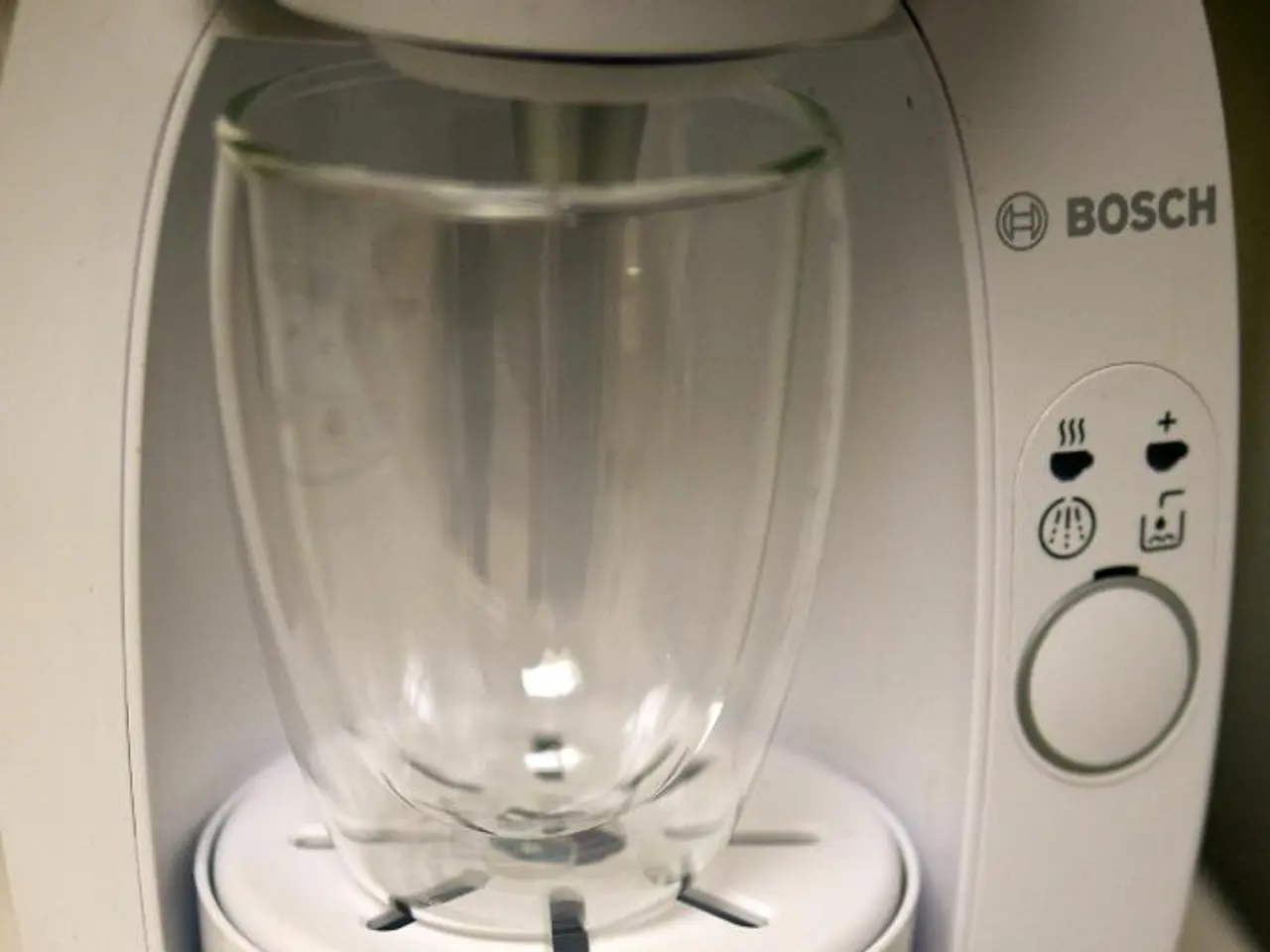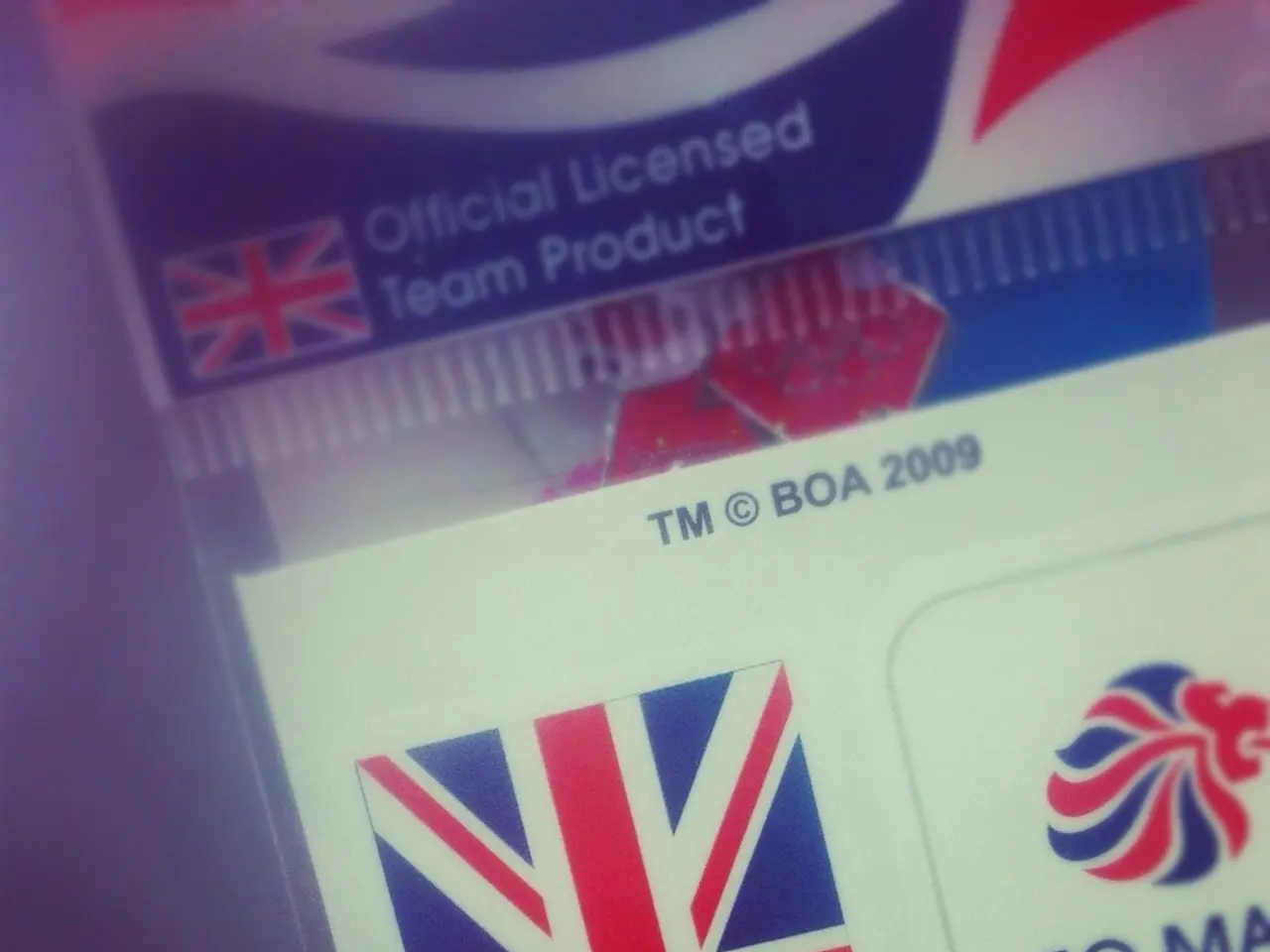Tesla Debuts Video Showcasing Optimus Engaged in a Dance Routine
Tesla's Optimus Humanoid Robot Makes Strides in Simulation-Based Training
Tesla has released a new demonstration video of its humanoid robot, Optimus, showcasing the robot's progress in balance, coordination, and motion control. The video, which features Optimus performing a dance routine, indicates advancements in the robot's ability to manage dynamic movements with stability.
Milan Kovac, a member of Tesla's Optimus Engineering and AI team, shared information about the project's progress. According to Kovac, the dance sequence in the video was entirely trained in simulation using reinforcement learning (RL). This is a significant step forward, as it reduces dependency on direct remote control data, enhancing Optimus's learning efficiency in simulations.
The dance routine is not the only evidence of Optimus's improvements. In 2024, early prototypes of Optimus were shown conducting light factory tasks at Tesla facilities, including item sorting and navigating obstacle courses and uneven terrain. These tasks demonstrate the robot's growing ability to perform real-world functions.
Tesla is leveraging its AI and neural network expertise, developed from its full self-driving (FSD) car technology, to train Optimus. This includes training the robot's limbs and sensors through neural networks to improve movement, perception, and task execution. One of the major breakthroughs in this area is the transfer of knowledge from human video footage to robots, which further enhances Optimus's learning efficiency in simulations.
The current stage of Optimus development is late Optimus 2 / 2.5, with Optimus 3 production expected to start early 2026. Elon Musk describes Optimus 3 as an "exquisite design" and a significant engineering leap, emphasizing that Tesla is engineering every component from first principles to build a humanoid robot capable of autonomous, adaptable real-world operation.
Despite ambitious goals, Tesla is behind schedule on its target to produce 5,000 Optimus units in 2025, with only a few hundred produced so far, indicating production challenges. The company aims to accelerate Optimus's ability to perform complex tasks through refining reinforcement learning algorithms in a simulated environment.
Tesla envisions scaling production dramatically, aiming for up to 100,000 Optimus units per month around 2030, though Musk acknowledges the early years will be challenging due to supply chain and development hurdles. The company's vertical integration and experience in AI-driven automation position it uniquely in the humanoid robot race, with Optimus potentially becoming Tesla’s most significant product line beyond EVs.
In terms of simulation-based training methods, Tesla is pushing the boundaries of what is possible. The company's bold but still evolving efforts to develop a commercially viable humanoid robot through advanced AI simulation and deep integration of robotics and neural network training technologies are reflected in the latest Optimus demonstration video.
The video showcases Tesla's Optimus humanoid robot, trained using reinforcement learning, performing a dance routine, indicating advancements in the field of artificial-intelligence and technology. In terms of simulation-based training methods, Tesla is pioneering the integration of robotics and neural network training technologies, which is a significant step forward in the development of science and technology.




